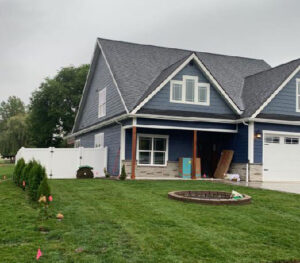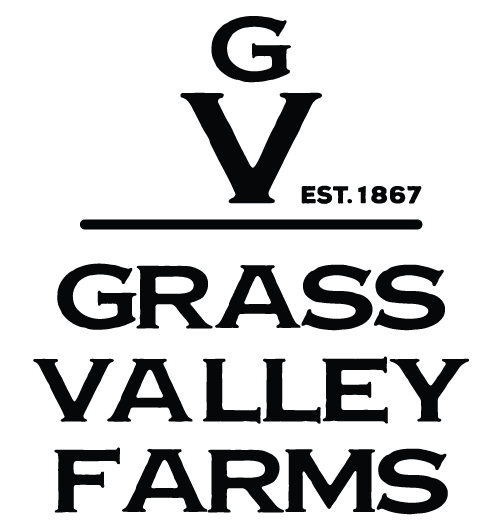
Kentucky Bluegrass
Characteristics: Cool-season grass – dark green color and dense, beautiful appearance, medium leaf texture with excellent leaf uniformity. Forms a strong sod via rhizomes.
Recommended Usage: Widely adapted basic lawn grass of the cool, humid, semi-arid and temperate regions – recommended for residential and commercial lawns. Also, widely used on sports fields and play areas, parks, cemeteries, commercial lawns and roadsides.
Temperature Tolerance: Thrives in cool weather and will tolerate very cold winters – undergoes stress during extremely hot weather, but will maintain good color and appearance if properly watered and cared for.
Drought Resistance: Medium – can go into summer dormancy when irrigation is withheld; upon return of moisture supply, will green up again. Some varieties have better tolerance to heat and drought.
Shade Adaptation: Fair to poor – thrives in sunny areas – a few varieties are moderately adapted to partial shade.
Wear Resistance: Medium – recovers quickly from occasional abuse – will withstand moderate foot traffic usage – rhizomes enhance quick recovery, especially in spring and fall.

Maintenance
Water Needs: Moderate – apply 0.5 to 1 inch of water as a deep soaking every 5 to 7 days to encourage a deep healthy root system during dry or hot periods. Avoid frequent, shallow watering that results in shallow roots, permitting weed germination and growth.
Mowing & Thatching: Optimum mowing height 1 1/2 – 2 inches for a high quality lawn. Mow regularly with a sharp rotary or reel mower, allowing clippings from frequent mowing to remain on the lawn. Never remove more than 1/3 of the shoot growth at one mowing. Kentucky bluegrass may develop some thatch at higher nitrogen levels. Prime time to dethatch is in early fall.
Soil & Fertilization Needs: Performs best in fertile, non-acid reacting soil with good drainage. Fertilize twice a year, spring and fall, with a complete fertilizer containing nitrogen, phosphate and potassium. Apply 2.5 to 4 lbs. actual nitrogen per 1,000 sq. ft. per year for higher requiring nitrogen varieties also apply fertilizer at 0.5 to I lb. nitrogen per 1,000 sq. ft. every 4-6 weeks. During summer, fertilizer rates should be reduced by 50%. Water thoroughly after fertilization.
Disease, Weed & Insect Control: New varieties have improved resistance to diseases such as leafspot, stripe smut, powdery mildew, dollar spot, Typhula blight, summer patch and rusts. If broadleaf weeds need to be controlled with herbicide, the turf should be well established and in vigorous condition. Practically all insects that damage lawns can be controlled biologically or with insecticides.
